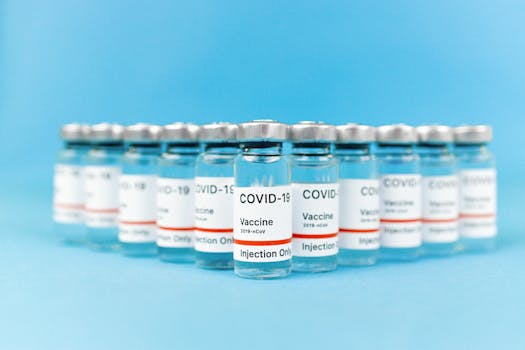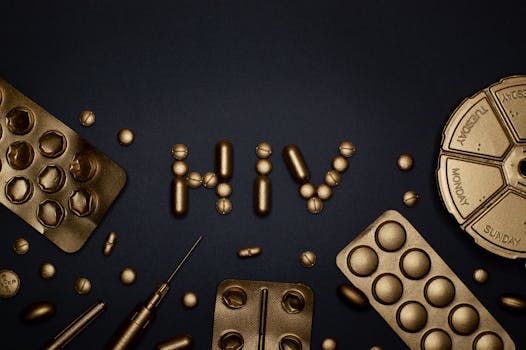
The Science Behind Vaccines and Public Health
The science behind vaccines and public health is a crucial aspect of preventing the spread of diseases. Vaccines have been proven to be a highly effective way to prevent infectious diseases and protect public health. The science behind vaccines is based on the principle of immunology, which is the study of the immune system and how it responds to infectious agents.
How Vaccines Work

Vaccines work by introducing a small, harmless piece of a pathogen, such as a virus or bacteria, to the body. This stimulates the immune system to produce antibodies and immune cells that can recognize and attack the pathogen. As a result, the body becomes immune to the disease and can prevent future infections.
There are several types of vaccines, including inactivated vaccines, live attenuated vaccines, and subunit vaccines. Inactivated vaccines contain a killed form of the pathogen, while live attenuated vaccines contain a weakened form of the pathogen. Subunit vaccines contain only a portion of the pathogen, such as a protein or sugar.
The Benefits of Vaccines

The benefits of vaccines are numerous. Vaccines have been proven to be highly effective in preventing infectious diseases, such as measles, mumps, and whooping cough. They also help to prevent the spread of diseases and protect vulnerable populations, such as the elderly and young children.
In addition to preventing infectious diseases, vaccines also have other benefits. They can help to reduce the severity of diseases, reduce the risk of complications, and improve overall health. For example, the flu vaccine can help to reduce the severity of the flu and prevent hospitalizations and deaths.
Challenges and Controversies

Despite the many benefits of vaccines, there are also challenges and controversies surrounding their use. One of the main challenges is vaccine hesitancy, which is the reluctance to vaccinate due to concerns about safety or efficacy. Vaccine hesitancy can lead to decreased vaccination rates and increased risk of infectious diseases.
Another challenge is the spread of misinformation about vaccines. There are many myths and misconceptions about vaccines, such as the claim that they cause autism or other health problems. These myths can lead to confusion and mistrust of vaccines, and can ultimately harm public health.
Conclusion

In conclusion, the science behind vaccines and public health is a crucial aspect of preventing the spread of diseases. Vaccines have been proven to be highly effective in preventing infectious diseases and protecting public health. While there are challenges and controversies surrounding their use, the benefits of vaccines far outweigh the risks. By understanding the science behind vaccines and promoting vaccine awareness, we can work to protect public health and prevent the spread of infectious diseases.





